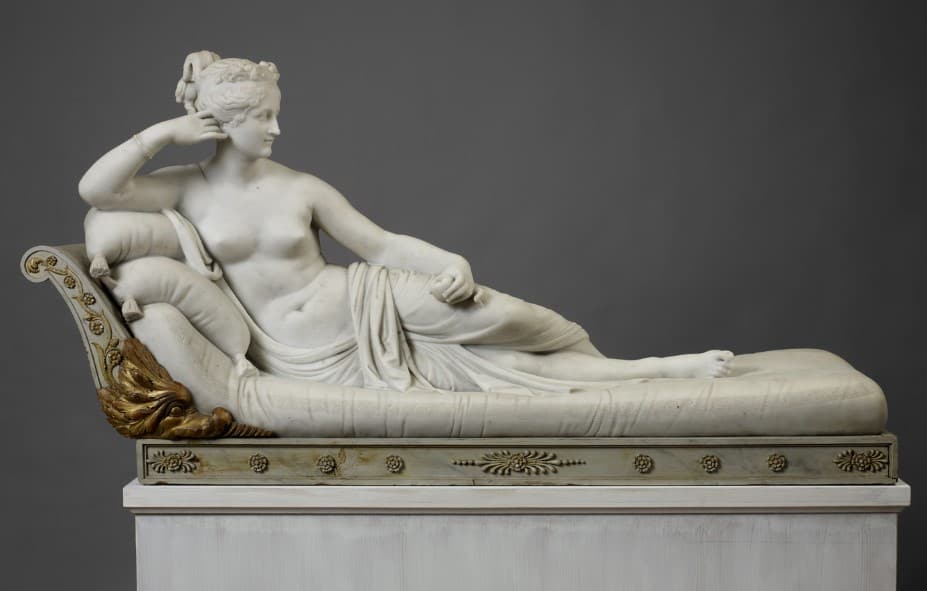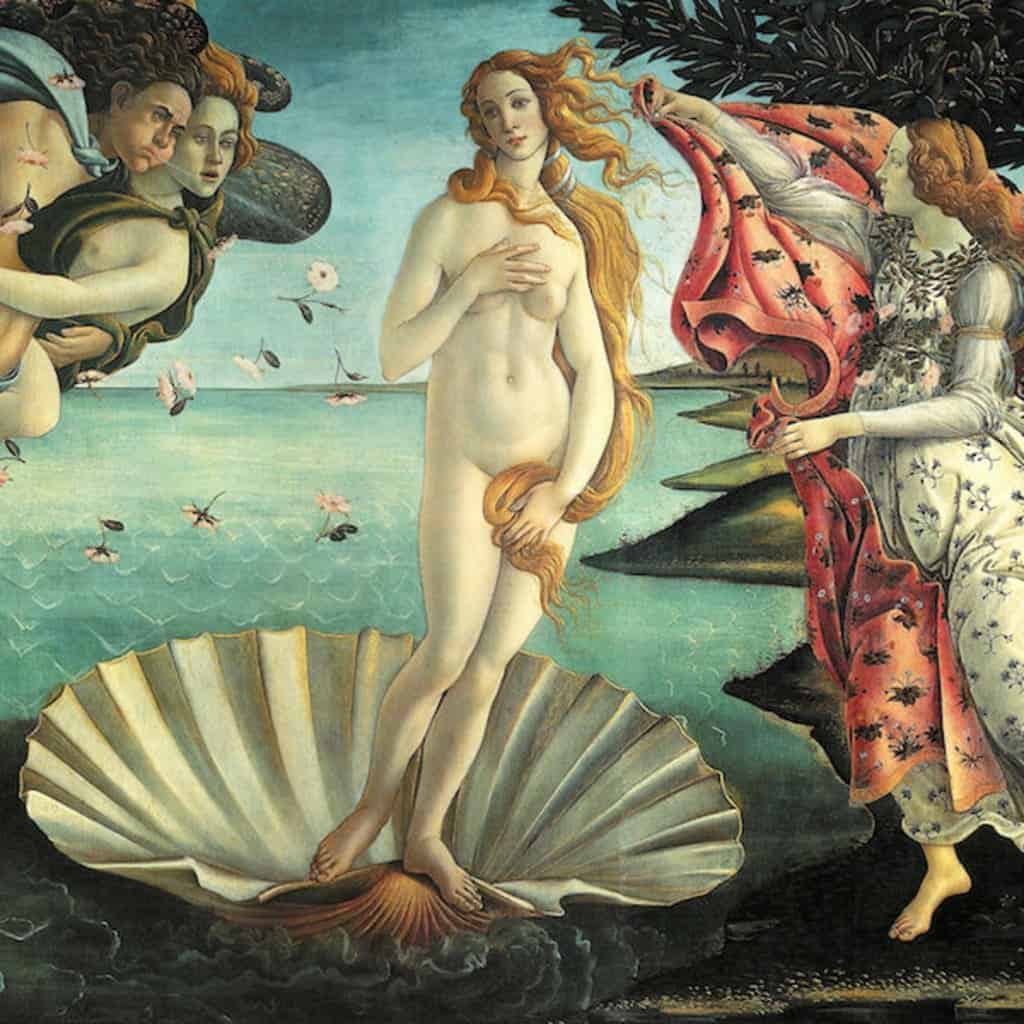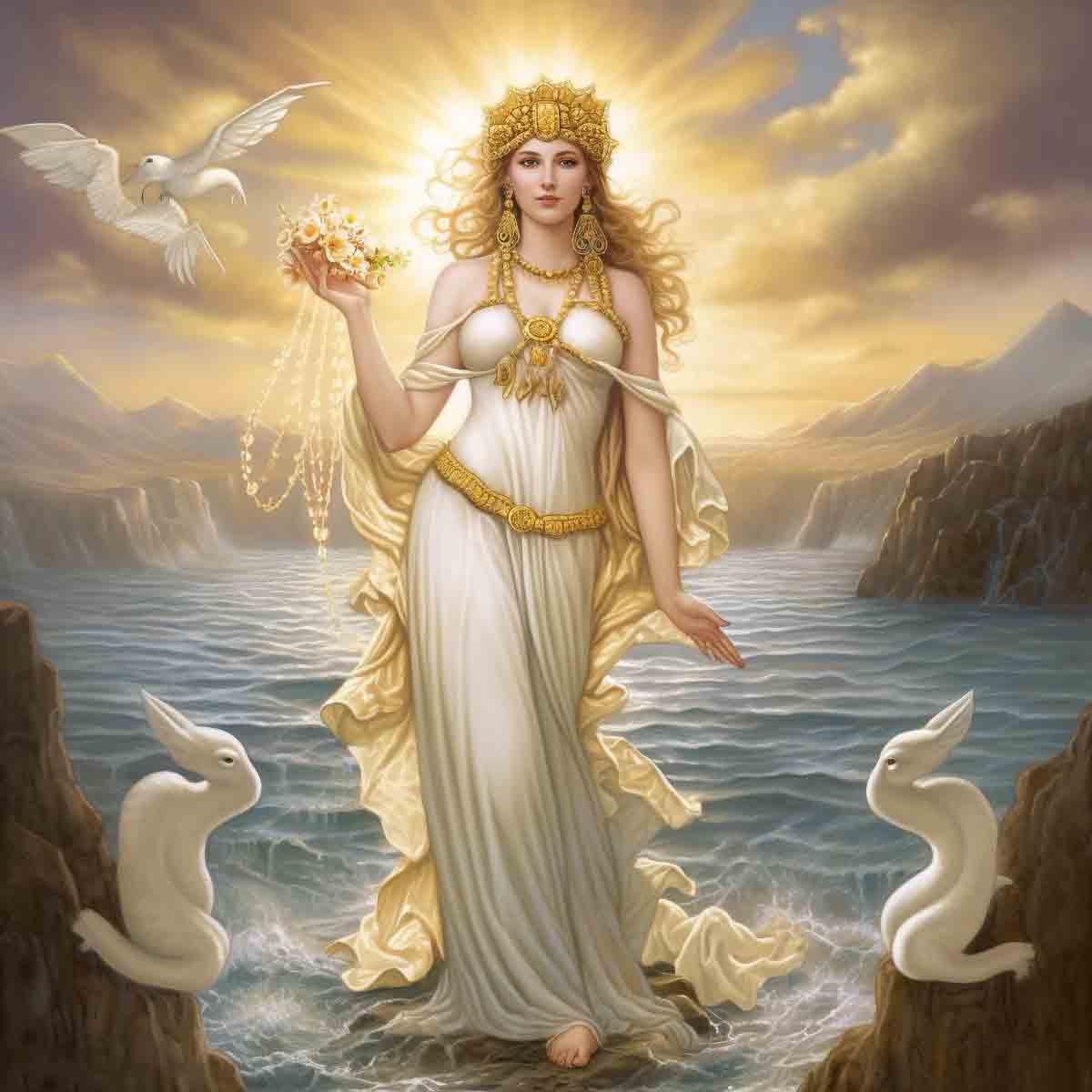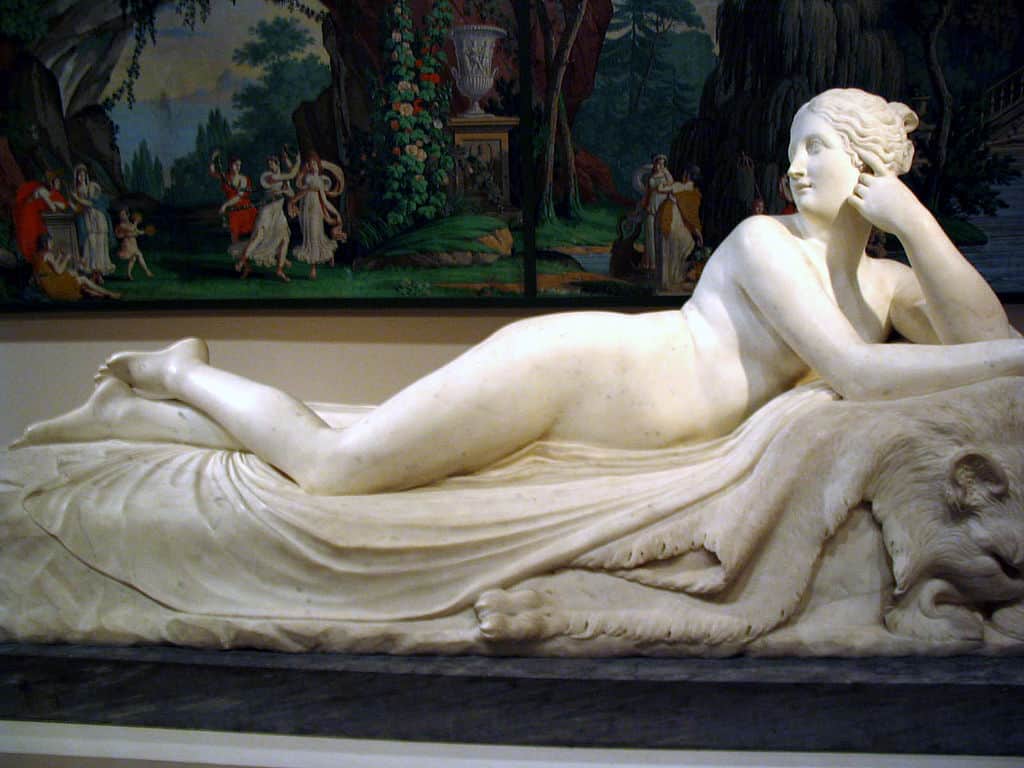Introduction
Aphrodite remains one of the most revered goddesses in Greek mythology, yet she remains shrouded in mystery to many people. Who was she, and why were ancient Greeks so drawn to her?
To gain the answers to these and other queries, we must delve into Aphrodite’s fascinating story and its associated myths and legends. This journey will lead us from beneath the sea’s depths up Mount Olympus as we reveal its mysteries of love, beauty, and desire that have captured human hearts for millennia.
This article offers a comprehensive introduction to Aphrodite, the goddess of love. From her origins and attributes to cults and stories about her, this will provide you with all the knowledge you need about one of world literature’s most iconic figures – don’t miss this insightful and entertaining journey into the divine realm! Get started now!
Who is Aphrodite
Aphrodite, the Greek mythological goddess of love and beauty, has long been revered and worshiped. Her impact on human lives and relationships has long been the subject of fascination.

Aphrodite’s name is thought to have come from two Greek words, “aphros,” meaning foam, and “dite,” meaning born or created. She is often depicted as an alluring woman with golden locks, delicate features, and an irresistibly charming aura – with relationships with other gods and mortals often marked by passion, jealousy, and intrigue.
Birth of Aphrodite
There are various versions of Aphrodite’s birth story in Greek mythology. One of the more well-known accounts describes her emergence from sea foam created by Uranus’ severed genitals falling into the sea foam below, making a dramatic beginning that explores themes such as love’s transformative power and beauty’s eternality. Comparing Aphrodite’s birth with other creation myths across cultures offers intriguing parallels and contrasts.
Aphrodite, goddess of love, beauty, fertility, and desire. She has long been revered in myths and stories like Eros and Psyche’s tragic romance or Paris’ affair with Helen of Troy; Aphrodite symbolizes our collective desire for love, connection, and self-expression – universal human needs she serves to fulfill in ancient and modern cultures alike.
Who Is Aphrodite Married Too?
Aphrodite’s romantic relationships are as complicated and diverse as hers. She is best known for marrying Hephaestus, god of fire and metalworking; however, she has had numerous affairs with other gods and mortals besides Hephaestus. Aphrodite’s marital status is essential to her mythology and worships as it provides insights into love and its divine manifestation.
Accounts vary regarding Aphrodite’s marriage to Hephaestus; some suggest Zeus orchestrated it to prevent war among the gods, while others indicate she chose him due to his kindness and devotion. Aphrodite’s tale offers valuable lessons on love, desire, and commitment for modern readers.
Aphrodite Children
Some of Aphrodite’s more well-known offspring include Eros (God of Love), Harmonia (goddess of Harmony), Aeneas (Trojan Hero), and Hermaphroditus (symbol of Androgyny). Each offspring embodies different aspects of her divine nature, adding rich and varied mythology. Aphrodite’s worship and iconography emphasize the nurturing and procreative elements inherent in love and beauty.

How to Worship Aphrodite?
Prayer is fundamental to many spiritual traditions, and Aphrodite worship has evolved. While ancient Greek prayers often included hymns or invocations of the goddess, modern ones may consist of more personal expressions of gratitude and devotion to her. Whatever its form, praying to Aphrodite remains an effective means of building an intimate connection to her and receiving her guidance and blessings.

Worship of Aphrodite has taken many forms throughout history, from temple ceremonies to simple household rituals. Offerings to Aphrodite typically include incense, flowers, and other symbols of love and beauty; devotional activities often include meditation, creative expression, or acts of self-care and love to connect with her divine energy.
Summary
Aphrodite is a fascinating character in Greek mythology, symbolizing love, beauty, and desire in her many guises. By studying her roots, relationships, worship practices, and more, we gain greater insight into the eternal yearnings she represents. Reflecting upon its ongoing relevance for modern-day worshipers, we welcome readers’ thoughts about Aphrodite as a goddess who inspires their worship practices. We offer this space for interaction between readers who wish to learn more and discuss this captivating figure!

Diving deeper into Aphrodite’s captivating world reminds us of the transformative power of love and beauty in our lives. She inspires us to embrace passions, indulge our senses, and cultivate self-love with compassion to experience her divine energy within ourselves.
Interesting Facts of Goddess of Love
Here are some fascinating and noteworthy facts about Aphrodite, the Greek goddess of love and beauty:
- Aphrodite was one of the twelve Olympian gods and goddesses; her Roman equivalent was Venus.
- According to myth, Aphrodite was born fully grown and naked from the foam of the sea. This event is depicted in many works of art, including the famous painting “The Birth of Venus” by Sandro Botticelli.
- Aphrodite was married to Hephaestus, the god of fire and metalworking. Despite being married, Aphrodite had many affairs with gods and mortals, including Ares, the god of war.
- The city of Cythera in ancient Greece was known as the birthplace of Aphrodite, and it was home to many temples and shrines devoted to her.
- Aphrodite was associated with love, beauty, pleasure, fertility, and sexuality. She was often depicted as a beautiful woman with long hair and a flowing gown, accompanied by doves, swans, and other birds.
- According to some myths, Aphrodite had a magical girdle that made anyone who wore it fall in love with the wearer. This girdle was sometimes used as a tool for manipulation in myths and legends.
- Aphrodite had several children, including Eros, the god of love and desire, and the mortal hero Aeneas, who was said to be the ancestor of the Roman people.
- In addition to her role as a goddess, Aphrodite was also a powerful force in ancient Greek society, influencing art, literature, and philosophy.
- Aphrodite was sometimes associated with war; in some myths, she fought battles with Ares and other gods.
- Despite her reputation as a goddess of beauty and pleasure, Aphrodite was also capable of causing chaos and destruction. In one myth, she caused a war between the Greeks and Trojans by promising the prince of Troy, Paris, the love of the most beautiful woman in the world.
- Both men and women worshiped Aphrodite, and her temples often included sacred prostitution as part of her rituals.
- The festival of Aphrodite, called Aphrodisia, was celebrated throughout Greece and included feasting, drinking, and sexual activities.
- The island of Cyprus was closely associated with Aphrodite, and many of her temples were there. The word “aphrodisiac” comes from the Greek word “Aphrodite” due to the island’s reputation for producing love potions and other aphrodisiacs.
- In addition to her association with romantic love, Aphrodite was also associated with motherhood and childbirth. In some myths, she was said to have helped women during childbirth and protected newborn babies.
- The famous sculpture “Venus de Milo” is believed to represent Aphrodite. This statue, discovered on the island of Milos in 1820, is considered one of the greatest masterpieces of ancient Greek art.
- In some myths, Aphrodite was said to have the power to transform mortals into animals, plants, or other objects. This power was often used as a punishment for those who angered her.
- Aphrodite was sometimes associated with the planet Venus, which is named after her Roman counterpart. In astrology, Venus is the ruling planet of love, beauty, and attraction.
- According to some myths, Aphrodite was born from the castration of Uranus, the god of the sky, by his son Cronus. This event is said to have caused the birth of many other gods and goddesses, including the Furies and the Giants.

